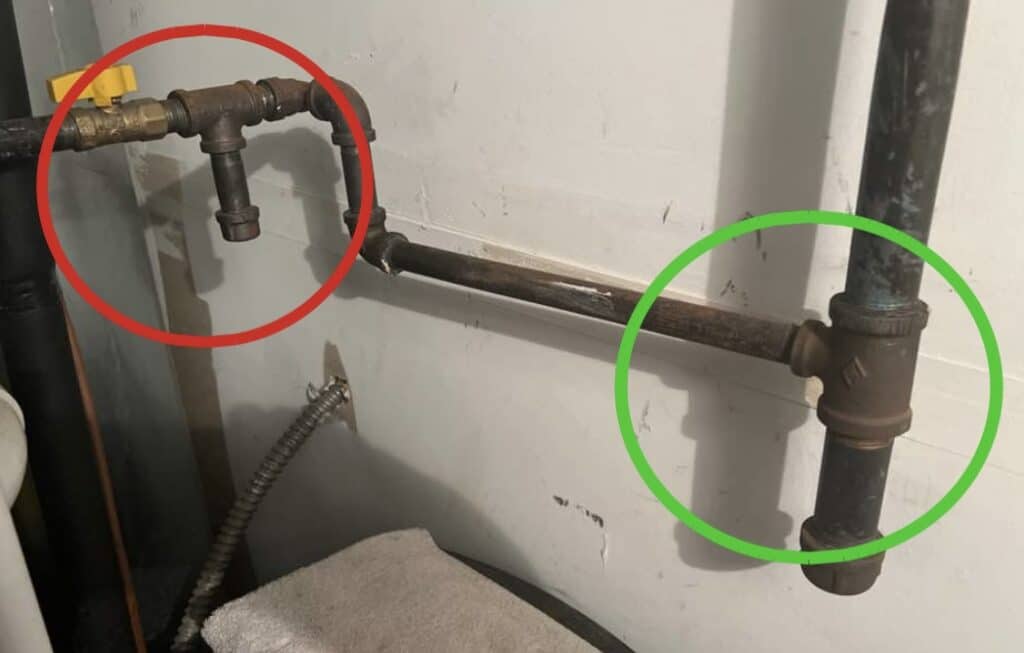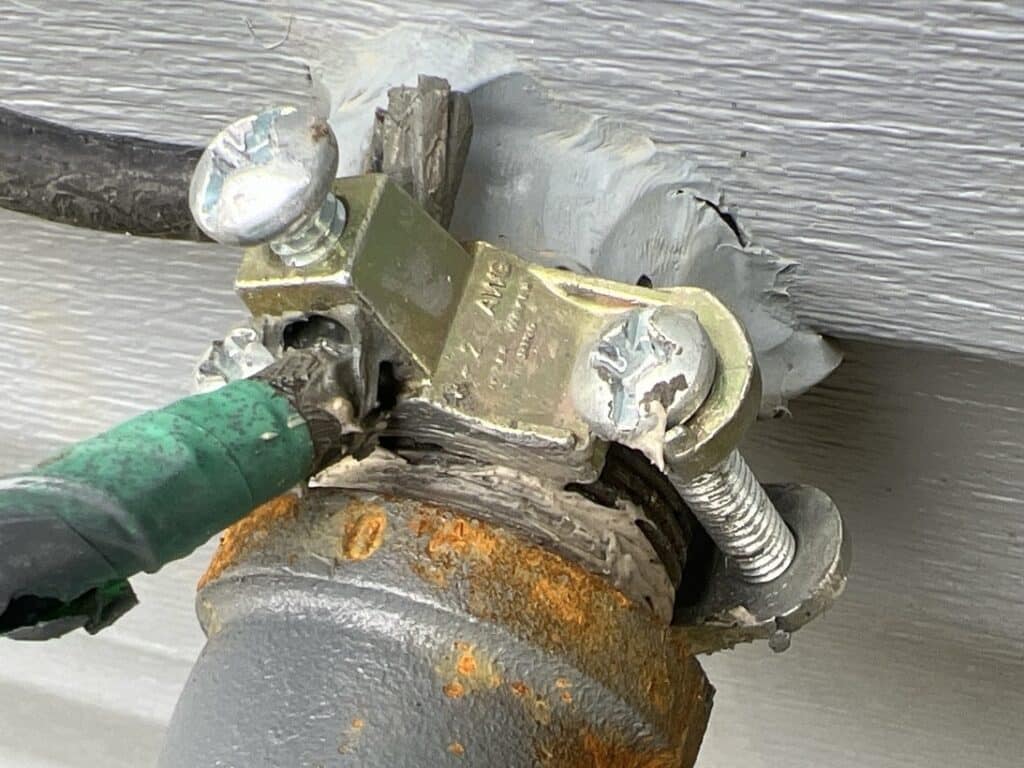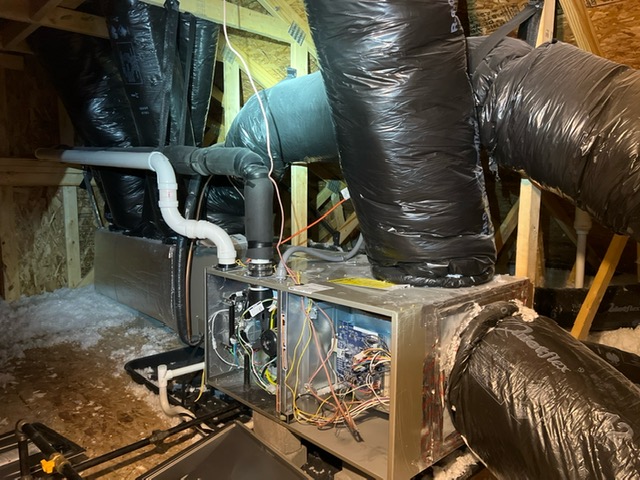It is acceptable to replace the fuse board or circuit breaker panel for a newer one without rewiring the whole house. If the new breaker panel is larger, (200 amps vs. 100 amps) the main electric service cables coming into the house will have to be upgraded.
New Circuit Breaker Panels
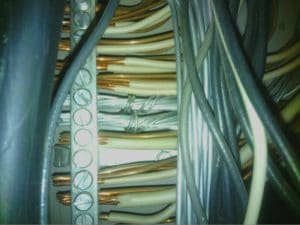
- New (replacement) service panels can not be placed inside a closet or bathroom.
- Maximum height of breakers from ground is 79 inches (6ft.7in).
- Minimum clearances allowed around the panel, 30″ in front, and 36″ wide.
- Must be grounded to a new grounding rod and have a wire back to within 5′ of the incoming main water line, and have a bonding wire across the meter and at the pipes entering the water heater if they are copper or galvanized.
- Neutral and ground wires cannot be under the same screw.
Neutral wires should not be double tapped
NOTE: Only one wire can be held under the terminal screw of a breaker or on the buss bar, unless the second wire is low voltage, i.e. doorbell transformer.
Grounded type (three prong) receptacles may not be substituted for ungrounded (two prong) receptacles unless a ground wire is connected. An exception to this rule is allowed (for two wire ungrounded systems in homes built before 1961) when the receptacle is protected by a ground fault interrupter (GFI).
There are two types of GFI available. The most common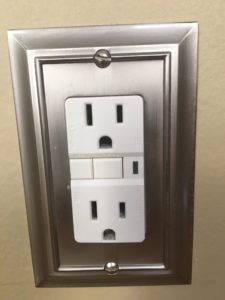
If new wiring is run to a kitchen or a bathroom, these receptacles must be GFI protected. The other type of GFI available takes the place of the regular circuit breaker in the load center.
Adding additional receptacles. This should only be done by a qualified electrician. Additional receptacle can rarely be added to existing circuits. A new circuit breaker and new wiring will need to be installed.
In many homes the bathroom receptacles are on a 15 amp circuit. A modern hairdryer can pull 16 amps and might be used at the same time as a curling iron which will probably pull 12 to 15 amps so the two together may be much more than the circuit can manage. This could be hazardous because the wiring was never designed for this load.
Owners or purchasers of older homes built before the 1960s should consider adding a new bathroom circuit, most of the older bathroom receptacle operate off the 15 amp lighting circuits and are not adequate for hair dryers and other equipment that can pull 16 amps or more.
NOTE: All new, replaced or rewired bathroom, kitchen, garage and exterior outlets must be GFI protected.
